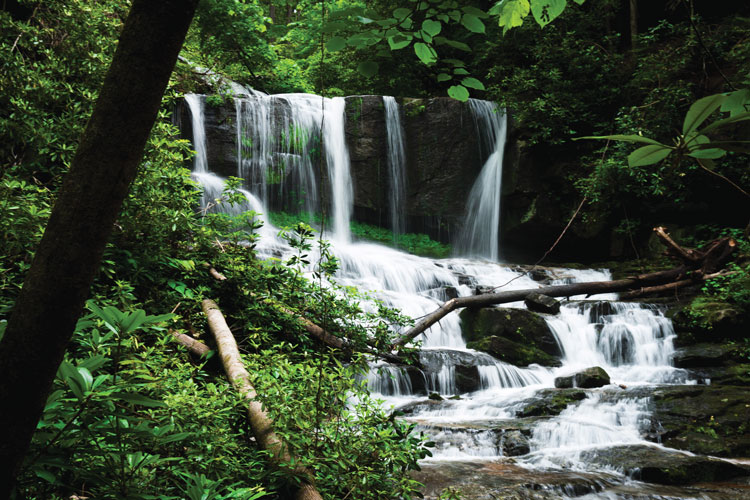UGA study reveals that 89 percent of visitors to public land support Wilderness
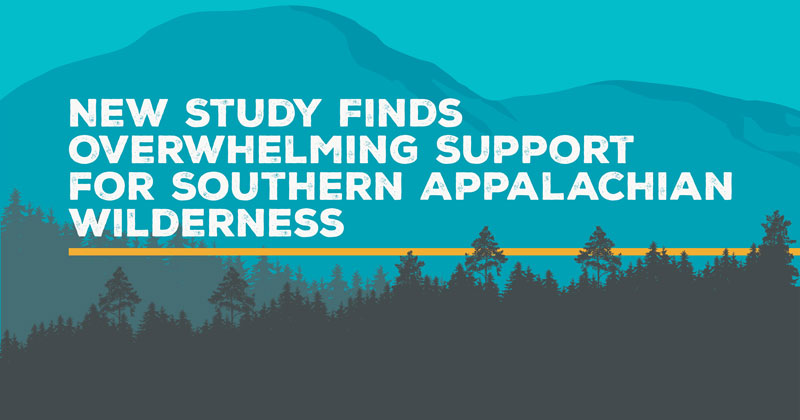
Wilderness designation is a tool for permanent protection of the South’s wildest places, but how do Southerners feel about wilderness areas? With population swelling in the South, should wilderness areas be opened to resource extraction, or are wilderness areas more vital than ever?
A new study from the University of Georgia aimed to answer these questions. Southern Appalachia is home to nearly 50 wilderness areas—all within a few hours of many major cities. The University of Georgia study analyzed responses from 1,250 residents across the region who have visited public lands in the past five years. Over half of survey participants (52%) considered themselves conservative; 28 percent described themselves as liberal, and 21 percent were neither. Over one-third of participants were non-white.
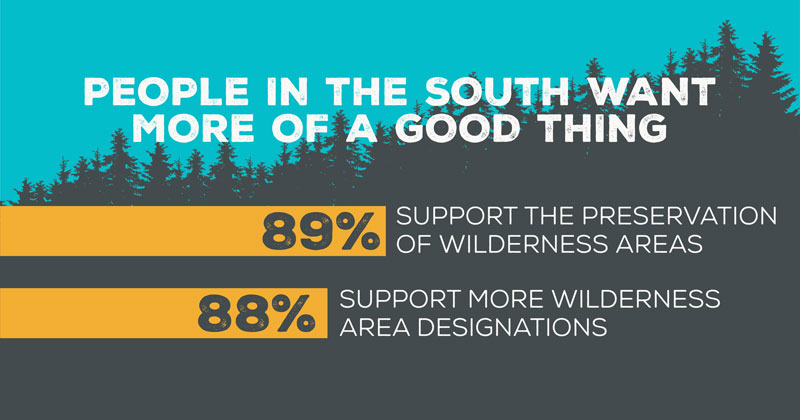
The findings were surprisingly clear: 89 percent supported the preservation of wilderness areas in their natural condition.
The study also found that, among those who had visited wilderness, 88 percent supported more wilderness areas; and 81 percent supported protected areas where natural systems can function unimpaired.
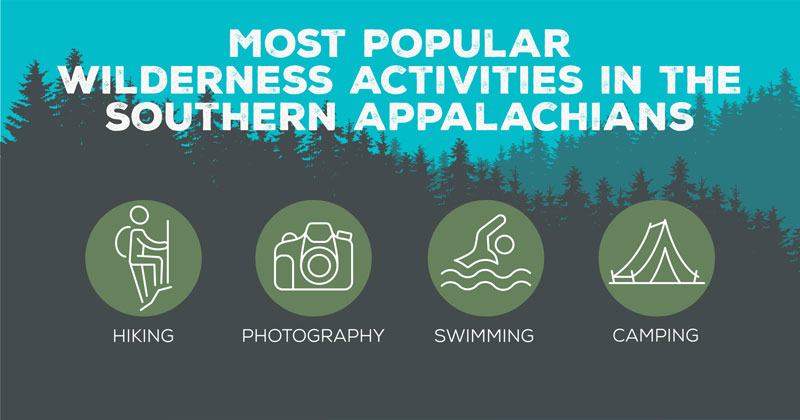
In addition, the study asked Southerners why they valued wilderness areas. Protecting water and air quality, safeguarding wildlife and rare species habitat, providing scenic beauty, and preserving areas for future generations were the most important benefits of wilderness. Hiking was the most common use of wilderness areas (84%), followed by photography, swimming, and camping.
The most constraining barriers to wilderness were “not enough time” and “outdoor pests such as mosquitoes, chiggers, and ticks.” Motorized traffic and mechanical timber operations were cited as the least compatible activities with the wilderness experience they were seeking.
Support for wilderness was just about equal across the political spectrum. Conservatives supported the preservation of wilderness about as strongly as liberals and independents, which “demonstrates bipartisan support for the future of wilderness,” the study’s authors concluded. “Across racial groups, political persuasion, and state of residence, it was apparent that individuals were supportive of wilderness and…the need for expansion and creation of new wildernesses. These findings are a reminder of the high value that visitors to the Southern Appalachian mountains place on wilderness, especially when land managers are consdering whether to recommend permanent protection of deserving areas.”
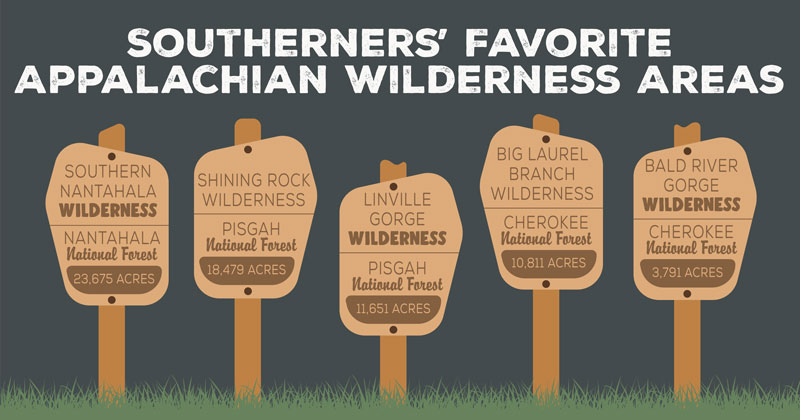
In 2019, the Forest Service will decide how much new wilderness to recommend in the 1.1-million acre Pisgah-Nantahala National Forest. The UGA study demonstrates strong public support across party lines and backgrounds for more wilderness in the Pisgah-Nantahala and other national forests in our region.
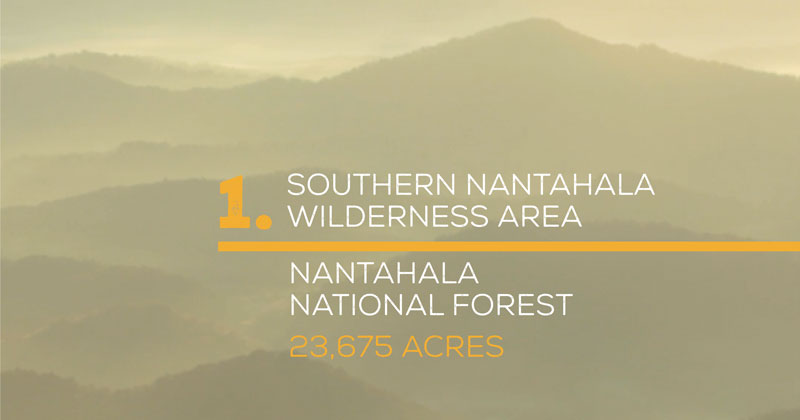
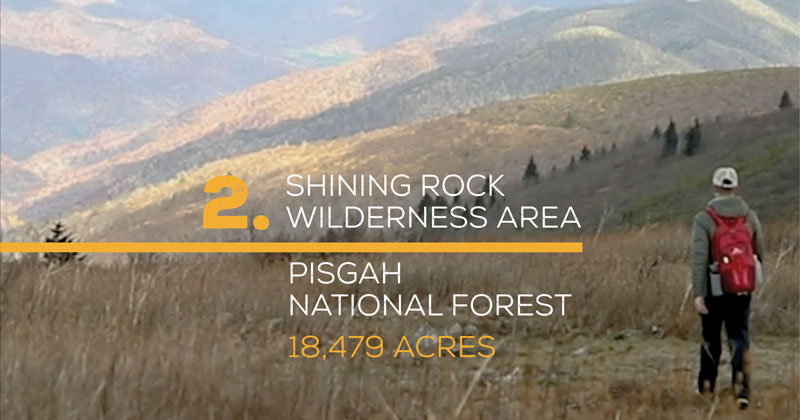
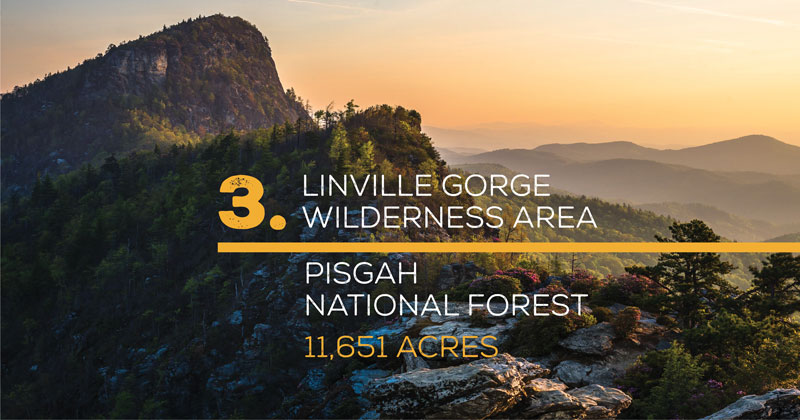
Study Highlights
89% of participants support the preservation of wilderness areas so they will always exist in their natural condition.
61% of participants even said they’d write a letter to their local member of Congress to support the protection of wilderness.
Nearly 90% of participants said it was important just knowing that wilderness and primitive areas exist and “that future generations will have wilderness areas.”
The biggest motivator for visiting wilderness was to experience nature (92.8%).
Of the participants who had actually visited wilderness areas, an overwhelming majority wanted more areas to be protected (88.4%) and wanted areas that were closer to them (83.4%).
The top-ten most visited wilderness areas in the Southern Appalachians
#1. Southern Nantahala
#2. Shining Rock
#3. Linville Gorge
#4. Big Laurel Branch
#5. Bald River Gorge
#6. Brasstown
#7. Cohutta
#8. Blood Mountain
#9. Big Frog
#10. Ellicott Rock
